Short-Film Week: In Praise of the Music Video
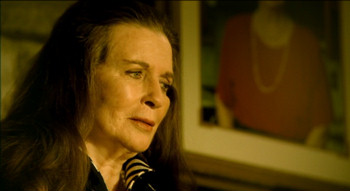 Two case studies: Sometimes and somehow, the music video can do things (beyond the song) that seem impossible in any other format, regardless if the aims are serious or silly.
Two case studies: Sometimes and somehow, the music video can do things (beyond the song) that seem impossible in any other format, regardless if the aims are serious or silly.
 Two case studies: Sometimes and somehow, the music video can do things (beyond the song) that seem impossible in any other format, regardless if the aims are serious or silly.
Two case studies: Sometimes and somehow, the music video can do things (beyond the song) that seem impossible in any other format, regardless if the aims are serious or silly.
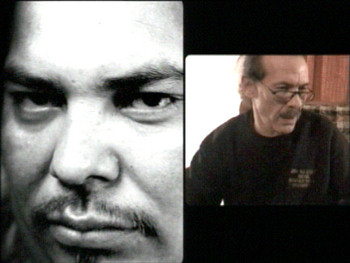 The guy who dominates Stefan Nadelman’s documentary short Terminal Bar could be related to Robert Crumb, both in his physical features and his matter-of-fact way. He talks about everything from death by alcohol to bathroom blowjobs to the “destituted” people who frequented the titular establishment where he tended bar for a decade. And like the famous cartoonist Crumb, he seems perpetually amused, and it looks suspiciously like a defense mechanism.
The guy who dominates Stefan Nadelman’s documentary short Terminal Bar could be related to Robert Crumb, both in his physical features and his matter-of-fact way. He talks about everything from death by alcohol to bathroom blowjobs to the “destituted” people who frequented the titular establishment where he tended bar for a decade. And like the famous cartoonist Crumb, he seems perpetually amused, and it looks suspiciously like a defense mechanism.
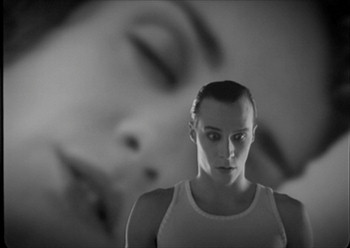 An object within an object of the same type – the novel within a novel, the film within a film – is rarely considered out of its context. Its meanings, and its narrative or thematic roles, are derived from its conversation with the larger work. But if the object is nearly whole – that is, if it’s not just a fragment, if we have a reasonably full sense of its shape, structure, and content – looking at it in isolation can bear fruit and is an act of respect.
An object within an object of the same type – the novel within a novel, the film within a film – is rarely considered out of its context. Its meanings, and its narrative or thematic roles, are derived from its conversation with the larger work. But if the object is nearly whole – that is, if it’s not just a fragment, if we have a reasonably full sense of its shape, structure, and content – looking at it in isolation can bear fruit and is an act of respect.
Behold the power of the Box Office Power Rankings! Able to turn the Coen brothers’ box-office weakling – No Country for Old Men, 10th in revenue this past weekend – into the maid of honor. (And, yes, I recognize that I’ve crafted a metaphoric non sequitur.) Enchanted still tops our rankings, but No Country was first in three of our four criteria, including per-theater average.
 My version of Robert Zemeckis’ Contact uses the same source material but starts at the 33-minute, 25-second mark and ends at one hour, 26 minutes, and five seconds. It’s a marvel of economy. Let me explain myself.
My version of Robert Zemeckis’ Contact uses the same source material but starts at the 33-minute, 25-second mark and ends at one hour, 26 minutes, and five seconds. It’s a marvel of economy. Let me explain myself.
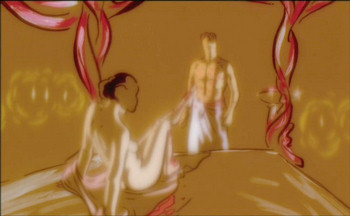 The animated T.R.A.N.S.I.T. is a feature-film plot distilled into 10 minutes, and it shows the ways in which the short film is more forgiving than longer cinematic forms. This movie operates wordlessly almost as a plot outline, and it’s gorgeous to look at and challenging to keep up with. It feels like a small, perfectly cut gem. On reflection, that’s a good analogy, because Piet Kroon’s 1997 short is a beautiful piece of visual craftsmanship that fails as art in any rational analysis.
The animated T.R.A.N.S.I.T. is a feature-film plot distilled into 10 minutes, and it shows the ways in which the short film is more forgiving than longer cinematic forms. This movie operates wordlessly almost as a plot outline, and it’s gorgeous to look at and challenging to keep up with. It feels like a small, perfectly cut gem. On reflection, that’s a good analogy, because Piet Kroon’s 1997 short is a beautiful piece of visual craftsmanship that fails as art in any rational analysis.
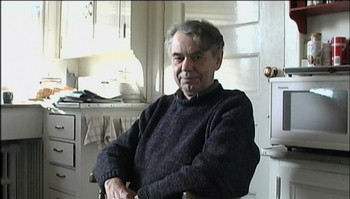 Like most of his movies, David Cronenberg’s Camera is a sly piece of work. On the surface, it’s an illustration of the effects of lighting, camera movement, recording format, performance, and even costumes. Camera appears to be Cronenberg’s most warm and human work. But it packs a lot into its running time, and, on closer inspection, it’s a downer about submission to addiction.
Like most of his movies, David Cronenberg’s Camera is a sly piece of work. On the surface, it’s an illustration of the effects of lighting, camera movement, recording format, performance, and even costumes. Camera appears to be Cronenberg’s most warm and human work. But it packs a lot into its running time, and, on closer inspection, it’s a downer about submission to addiction.
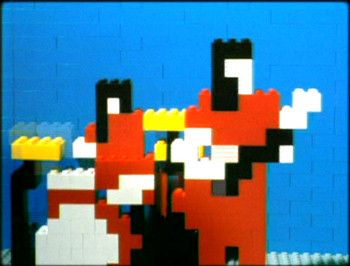 Short movies are at once the most ubiquitous and the most neglected films there are, garnering little critical appraisal as objects themselves even as they’re unavoidable in everyday life.
Short movies are at once the most ubiquitous and the most neglected films there are, garnering little critical appraisal as objects themselves even as they’re unavoidable in everyday life.
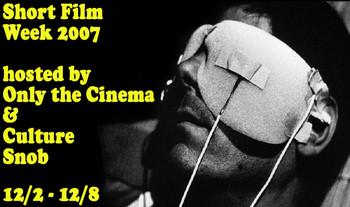 From December 2 through 8, Culture Snob and Ed Howard’s Only the Cinema are hosting the Short-Film Week blog-a-thon.
From December 2 through 8, Culture Snob and Ed Howard’s Only the Cinema are hosting the Short-Film Week blog-a-thon.
 Things are awfully quiet around here. Too quiet. And that can only mean one thing: Culture Snob is busy preparing for the “Short-Film Week” blog-a-thon, which starts on Sunday, December 2, and runs for seven days. Or it could mean that I’ve been incredibly lazy this week.
Things are awfully quiet around here. Too quiet. And that can only mean one thing: Culture Snob is busy preparing for the “Short-Film Week” blog-a-thon, which starts on Sunday, December 2, and runs for seven days. Or it could mean that I’ve been incredibly lazy this week.